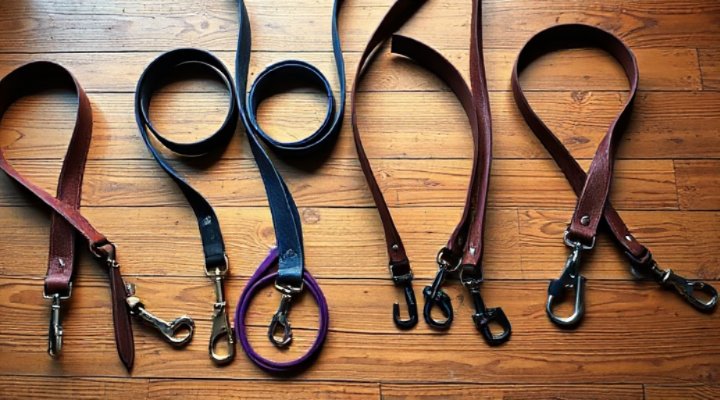Teaching a puppy to walk on a leash is one of the most important skills you can teach your new furry family member. Not only does it make walks more enjoyable, but it also ensures your puppy’s safety when out in public. In this comprehensive guide, we’ll walk you through everything you need to know about leash training your puppy, from choosing the right equipment to troubleshooting common problems.
Why Leash Training is Essential for Puppies
Before we dive into the how-to’s, let’s talk about why teaching a puppy to walk on a leash is so crucial. First and foremost, leash walking keeps your puppy safe from traffic, other animals, and potentially dangerous situations. Secondly, it establishes you as the leader and helps your puppy learn self-control. According to the American Veterinary Medical Association, proper leash training can prevent many behavioral issues down the road.

Choosing the Right Leash and Collar
The first step in teaching a puppy to walk on a leash is selecting the proper equipment. For most puppies, a simple flat collar and a 4-6 foot nylon or leather leash work best. Avoid retractable leashes for training purposes, as they don’t provide consistent feedback to your puppy. If you’re having trouble with pulling, you might consider a front-clip harness like the ones we discuss in our long lead training guide.

Introducing the Leash to Your Puppy
Step 1: Let Them Get Used to the Equipment
Start by letting your puppy wear the collar or harness around the house for short periods. Reward them with treats and praise to create positive associations. This is similar to the acclimation process we recommend in our rescue dog adjustment guide.
Step 2: Practice Indoors First
Before heading outside, practice in a quiet, familiar environment. Attach the leash and let your puppy drag it around under supervision. Gradually pick up the leash and follow your puppy, rewarding them for calm behavior.

Basic Leash Walking Techniques
The Stop-and-Go Method
When your puppy pulls, stop walking immediately. Only proceed when there’s slack in the leash. This teaches them that pulling gets them nowhere, while walking politely gets them where they want to go.
Direction Changes
Frequently change direction to keep your puppy focused on you. Reward them with treats when they follow your lead. This technique is particularly effective for energetic breeds, as mentioned in our dog socialization classes article.
Positive Reinforcement
Always reward good behavior with treats, praise, or play. The ASPCA recommends using high-value treats that your puppy loves during training sessions.

Troubleshooting Common Problems
Puppy Refuses to Move
Some puppies freeze when first introduced to leash walking. Be patient and use treats to encourage movement. Never drag or force your puppy.
Excessive Pulling
If your puppy constantly pulls, consider shorter training sessions and higher-value rewards. Our stop jumping guide has similar techniques for impulse control.
Distractions
Start training in low-distraction environments and gradually work up to busier areas. This gradual exposure is key, just like in one-on-one training sessions.

Advanced Leash Training Tips
Once your puppy has mastered basic leash walking, you can work on more advanced skills like loose-leash walking and automatic sits at curbs. Remember that consistency is key – practice daily in short sessions to reinforce good habits.
Teaching a puppy to walk on a leash takes time and patience, but the rewards are well worth it. Before you know it, you’ll have a well-mannered walking companion who’s a joy to take anywhere. For more puppy training tips, check out our other breed guides and training resources.
Related Keywords: puppy leash training, how to train a puppy to walk on a leash, leash training for puppies, stop puppy pulling on leash, best leash for puppies, loose leash walking, puppy training tips, dog walking etiquette

